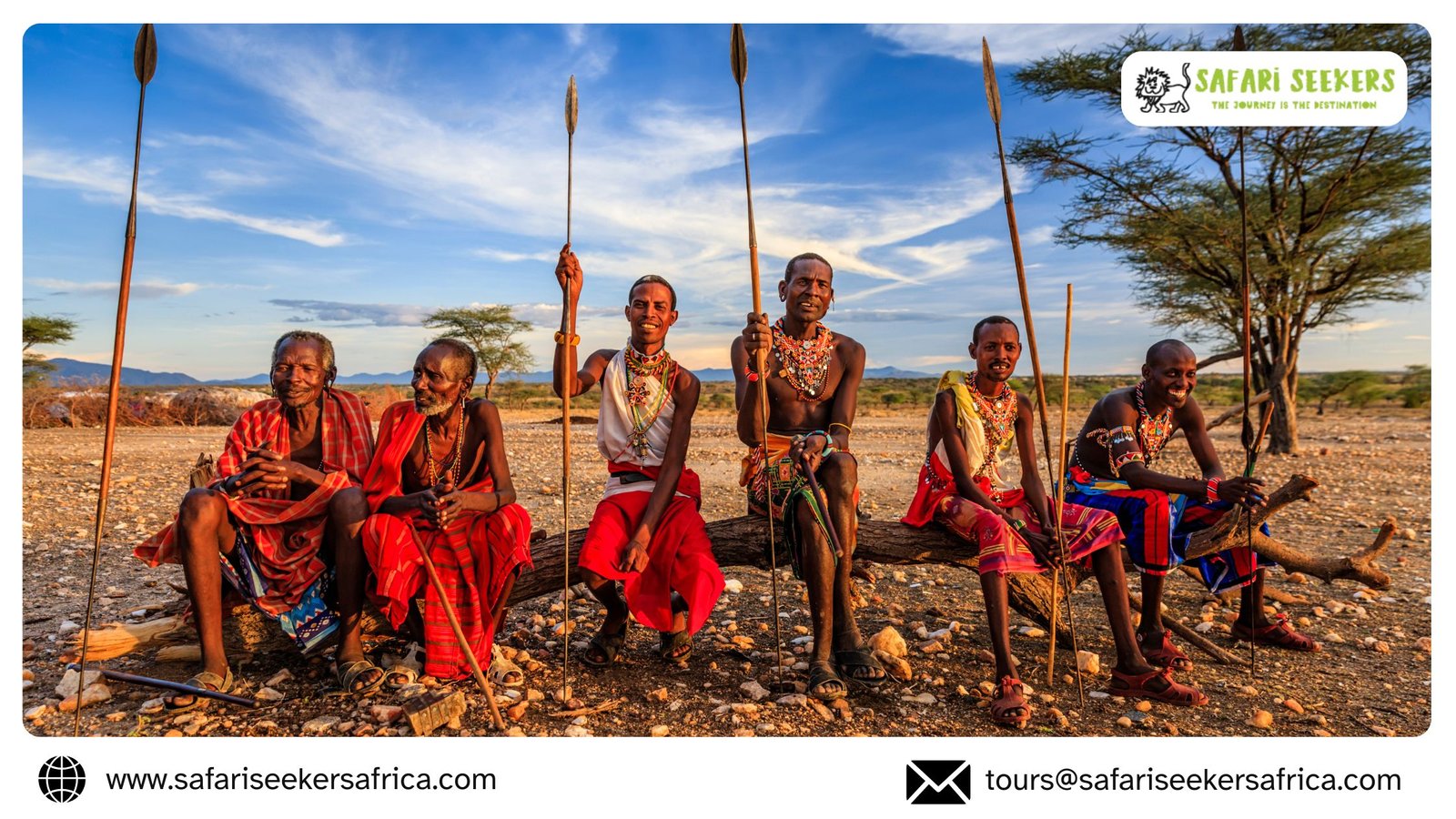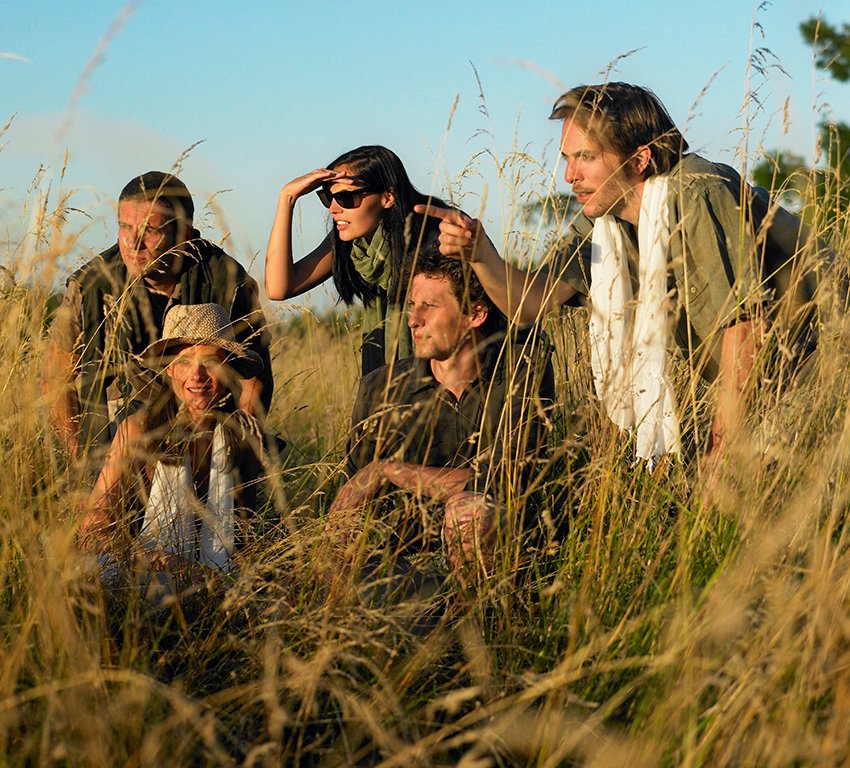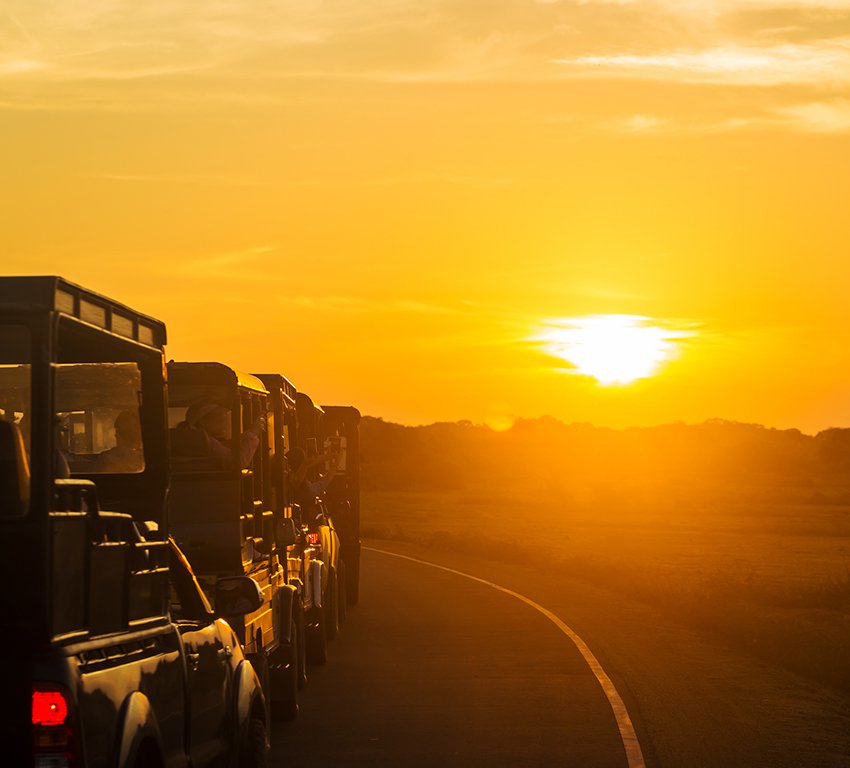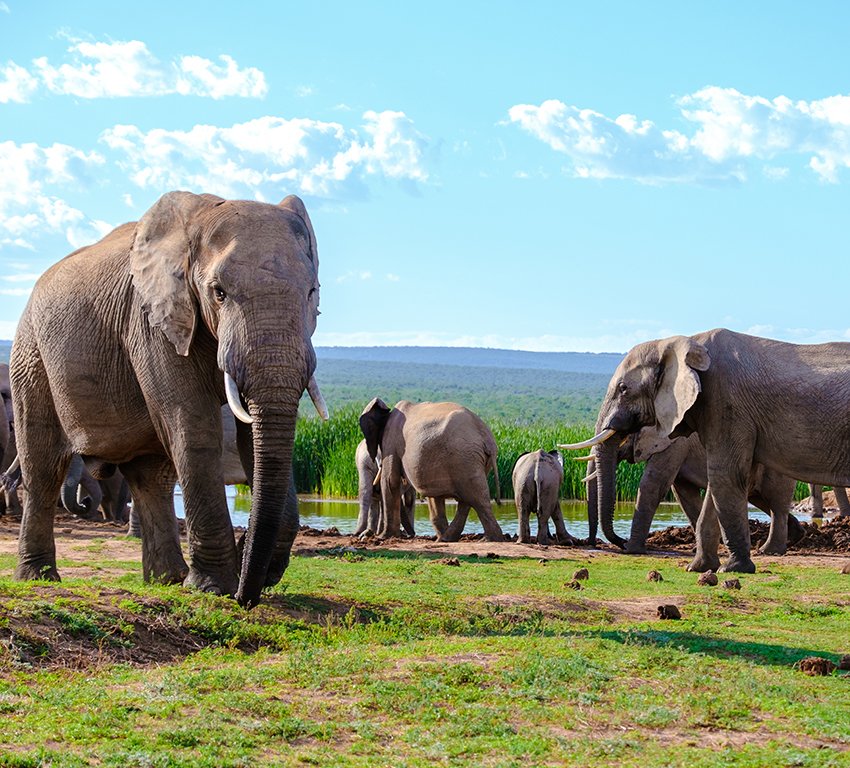Interesting Facts About The Serengeti
World’s largest exclusive migration of wildlife traveling over 800 km on ayearly journey.
Hundreds of thousands of zebras, Grant’s gazelle, Thomson’s gazelle, eland, impalas, and antelopes affiliate with approximately 1.5 million wildebeest in the great migration.
The zebra and the wildebeest are by nature good friends supporting each other throughout the year during the great migration; they feed on the same vegetation but different parts of it, which enables them to feed congruously.
While the wildebeests are extremely good at whiffing out water from the ground, the zebras help out in shielding and directing the wildebeests keeping them on the correct route all through the year-long travel driven mainly by their search for water and food, making the zebra and the wildebeest not separable.
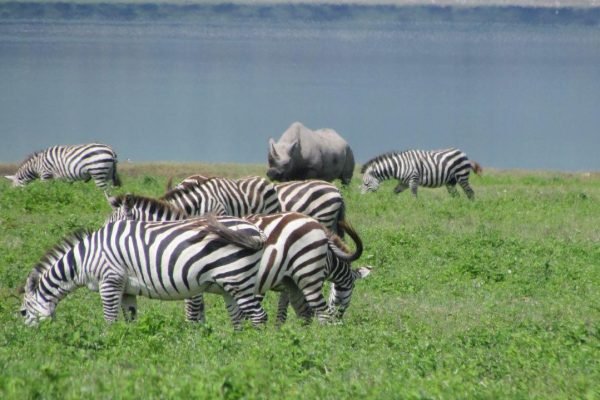
Serengeti bubble is one of the doddering in the world — the flora, fauna, and environmental conditions of the Serengeti ecosystem have stayed the same for thousands of years.
Wildebeests are known to function using what researchers call “swarm intelligence”which means that they act upon difficult situations encountered and bring about solutions as a team.
Close to 8000 wildebeest are born daily for about 21 days usually in mid-February and the calves can walk as soon as they are born.
Besides the lions that prey on the wildebeests, other jeopardizing predators include leopards, hyenas, cheetahs, and crocodiles.
The majority of the migration takes place in Tanzania encompasses the Serengeti national park, Loliondo game controlled area, Ngorongoro conservation area, and the Grumeti reserve while the migration stretches to the Masai Mara game reserve in Kenya bordering the Serengeti national park.

SERENGETI NATIONAL PARK
The Serengeti National Park is the jewel of Tanzania and is famous for its copious numbers of wildlife, long expanse of involuted grasslands, exhilarating rivers, and developing ecosystem.
It is fringed by Kenya to the north where it runs into the Maasai Mara National Reserve; the Ikorongo and Grumeti game reserves to the west, with the Ngorongoro conservation region to the southeast, and to the northeast lies the Loliondo Game regimented area, all together forming the larger Serengeti ecosystem which consists of these five main areas.
THE SOUTHERN SERENGETI
The Southern Serengeti plains are residence to a number of migratory herds specifically during the green season due to its nourishing plains with short grasses rich in phosphorus, making it an ideal space for the Great wildebeest migration calving season with an impressive wildlife viewing of over two million animals spread across the savannah.
Much of the Southern Serengeti are situated outside of the Serengeti national park so dissimilar to other areas of the Serengeti, off-road driving and walking safaris are permitted. The Southern Serengeti plains are overly seasonal therefore during the dry season, the Southern Serengeti is given a complete appearance and transformed into a semi-desert and herds usually drift off these plains as the area dries out.
THE CENTRAL SERENGETI (SERONERA)
A lively and energetic wildlife area, the Central Serengeti is celebrated as the best resident game equated to other regions of the Serengeti National park as it is ideally located centrally. It is the perfect region for a complete safari adventure because game viewing here in Central Serengeti is splendid at any time of the year.
During May and early June, the northbound wildebeest move through the Central Serengeti, and once again from November to early December, they migrate en route to the south to the short grass plains.
THE NORTHERN SERENGETI
This rear is home to large herds moving in the months of July to November. It is a relatively raw wilderness boasting some stunning landscapes and is occupied by scores of magnificent wildlife.

Visitors here are offered surpassing and theatric sightings of wildebeest and zebras as they make the precarious journey across the Mara river into the Masai Mara region. These animals are not just untrusting of the large crocodiles lurking in the water, but also of the cascading waters of the river itself.
It is a high-strung moment for most visitors as they watch these worn-down and terrified wildebeests and zebras strive to brave the fervent flow. Some are able to cross over with excessive efforts, but there are some who are not so lucky as the strong water currents either submerge them or take them back to the same side of the river making the whole experience start over.
THE GRUMETI RESERVE
Constituted in 1994 covering 2000 sq km, the Grumeti game reserve makes a part of the larger Serengeti Masai Mara ecosystem where the yearly great wildebeest migration happens and is found along the Northwestern border of the Serengeti National Park which is where the migration is easily found.
The most suited time to visit this reserve is from June to October or January to February. A migratory corridor for the herds passing through the area naturally, the Grumeti game reserve is a distant lush location that offers a far more comprehensive greener safari experience with rolling hills, river, and woodlands patch, logging into the lengthy terrain as far as the eye can see.
MASAI MARA
This is where the herds open out against the disruptive waters and the ravenous crocodiles of the Mara river. The animals that make it across are paid off with the lush skimming grass stretching across the savannah of the Masai Mara.
Towards the end of May, the rains will have fully stopped, cueing the herd to move northward. The dry months of July through October continue to be the perfect game viewing period as the disappearing vegetation makes it a lot easier to watch the animals as they continue their migration back to the Serengeti.
Maasai Mara is known for its exceeding population of predators and prey alike — cheetahs, leopards, and lions and the annual migration of zebra, Thomson’s gazelle, topi, and wildebeests to and from the Serengeti yearly from July to October.
The wildebeests, topi, zebra, and Grant’s gazelle move into and reside in the Mara reserve from the Serengeti plains to the south and Loita plains in the rural ranches to the northeast.
BOOK WITH A RELIABLE TOUR OPERATOR
The great wildebeest migration happens annually, but there is still no assurance that you might see it if you decide to do it all by yourself as you might end up not being informed where and when to go.
Therefore, it is important to book with a reliable and experienced tour operator. Take, for instance, the imbrication of the migration which is the crossing of the Mara river which also co-occurs with the peak safari season and can be seen from both countries, each offering an equally electrifying but distinctive aspect of the great wildebeest migration.
It is extremely strenuous for DIY travelers to be at the right places at the right time to watch it. Famous viewings like the paradise crossing are used by tour guides yearly, which lets them know where to position their vehicles as they await the first migratory crossing.
From the Tanzanian side, you would see the wildebeests leave and fromthe Kenyan side, you would see them arriving.
Keep in mind that there are lots of travelers during this peak season and the prices are usually higher, so it is best to reserve in advance, sometimes months ahead of your planned visit to make sure you have your preferred location and accommodation.
Safari Seekers specializes in great wildebeest migration tours and has served guests internationally. Our staff is trained in a regular and professional manner to make sure they meet your expectations, whether budget or luxury. Get in touch with us today to discuss your next great migration safari adventure plans!



